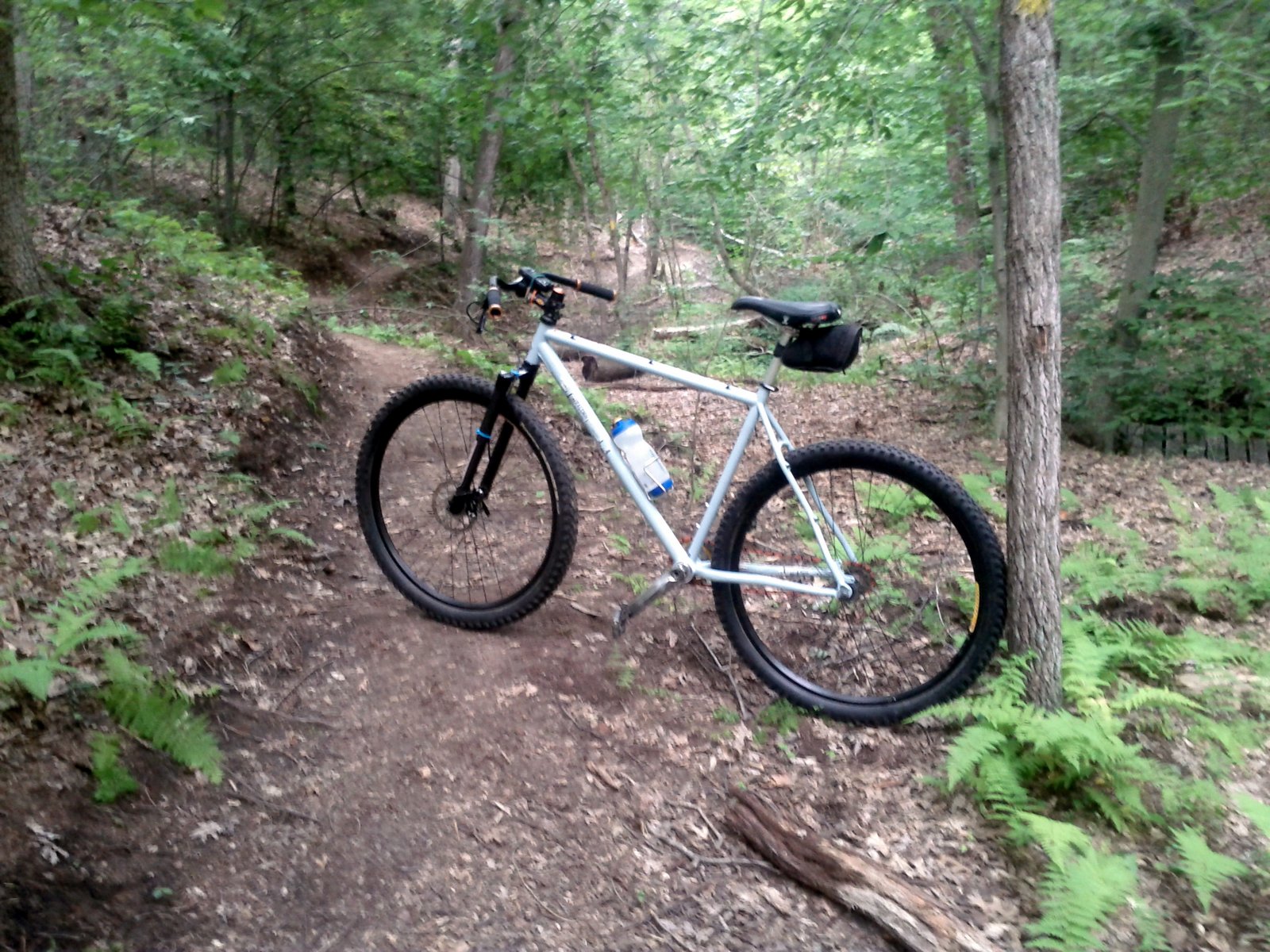Important Factors To Know About Mountain Bike Gears
Gearing up for a mountain bike ride? Are your gears in your control to navigate through the terrains effortlessly? Many beginner bikers don’t recognise the splendid options to change their bike’s gears where they miss the extreme chance to enjoy the adventure. If you have got a splendid bike planned for a challenging ride, you need to know the complete whats and hows of the gears your bike has.
Why Bother About Gears At All?
If you are having a hard time trying to figure to the number of gears and how to change them quickly, you might find them irritating. If you think so, gears are actually the most analytical parts a bike has. The mountain terrains are no smooth surfaces but have ups and downs in rough patches. The force and pressure to ride vary at different elevations and surfaces.

Gears change the force required to exert for pulling the bike ahead. The biggest of them reduces the force exertion, and the smallest effortlessly consumes your entire force without friction. It is now prevalent why the change of gears is essential with altering crests and troughs. Substantially, maintaining the speed in a single gear is hardest when the challenge is as tough as mountain biking.
Essential Points You Should Know
If you are satisfied with the cause for using gears, you shouldn’t leave a speck to explore on variations to experiment with your bike. Several experienced bikers choose a fixed gear bike, but that isn’t suitable as the bodily strain and force exerted have to be varied every instant. You should have knowledge of:
- Number Of Gears
The cassette of the bike has the sprockets fixed together. They are connected to the chainrings in the front wheel. The product of both the sprockets and the chainrings give the complete number of the gears. They can form different combinations combining any one ring and sprocket. Generally, there are upto 11 sprockets and two to three chainrings for typical sports mountain bikes.
- How Do They Function, From Low To High
The sprockets have teeth which are abbreviated as t. You can find variations like double standards, compact, triple or hub gears. The more the chainrings, the smallest the gear you can achieve. Thus, depending on your route map, ensure you are getting the apt bike.
- How To Shift Them
For a cassette, you need to change the front chains and back sprockets to set the particular gear. These are done using the derailleurs in the shifting mechanism. The controls are attached in the handles with left-hand levers for the front and right hand for the back. Take care to shift the gears stepwise without abrupt jumps to avoid tension and slackness in the driving cord.
The bike’s user guides usually have gear training modules containing pictorial representations of the steps and procedures. Else, the internet is no scarce of audio-visual content to guide you exactly through the best training. Know all about the gear shifting to ensure you have a comfortable ride no matter how the surface is!


